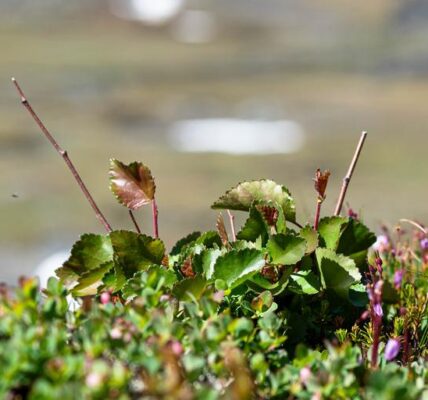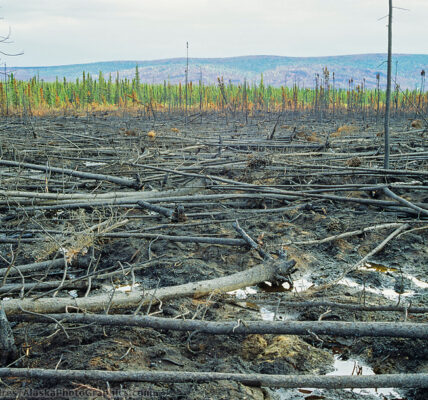As reported by Phys.org on June 12, new research published in Nature Communications has found that ocean currents may be transporting legacy mercury pollution from other parts of the world into the Arctic. By analyzing over 700 tissue and environmental samples from across Greenland, collected over a 40-year period, researchers identified distinct regional differences in mercury that corresponded with specific ocean currents, allowing them to trace the sources and transport pathways of the pollutant. As mercury can take centuries to reach Greenland via ocean currents, the scientists note that the contaminant poses a long-term risk for the region. (Phys.org)

Despite the Arctic’s remoteness, the new research on mercury highlights the Arctic’s increasingly dangerous position as the “chemical sink” of the globe, with the region serving as the final destination for many types of pollution. Mercury is a potent neurotoxin that can persist in the environment for extended periods, particularly in water and soil. The contaminant is known to bioaccumulate and biomagnify, which means that levels of mercury build up through the Arctic food web. As a result, many marine predators, such as polar bears, whales, and birds, have increasingly high concentrations of mercury, threatening the region’s sensitive ecosystem. The growth of mercury up the food chain is also a serious concern for human health, particularly for Indigenous communities that rely on locally harvested fish, seabirds, and marine mammals for their diet. In addition to outside sources of mercury, permafrost thaw has resulted in greater contamination from within the region as well. Over thousands of years, a substantial amount of mercury has become sequestered in Arctic permafrost, and rising temperatures risk releasing high levels of the toxic metal back into the environment. Thus, mercury, along with other persistent pollutants such as plastics and PFAS, is a long-term and growing challenge for the Arctic. Understanding the origins and transport pathways of these contaminants is a crucial step in better protecting the Arctic’s communities and wildlife. (Arctic Monitoring and Assessment Program, Environmental Protection Agency, The Arctic Council, University of Southern California)


